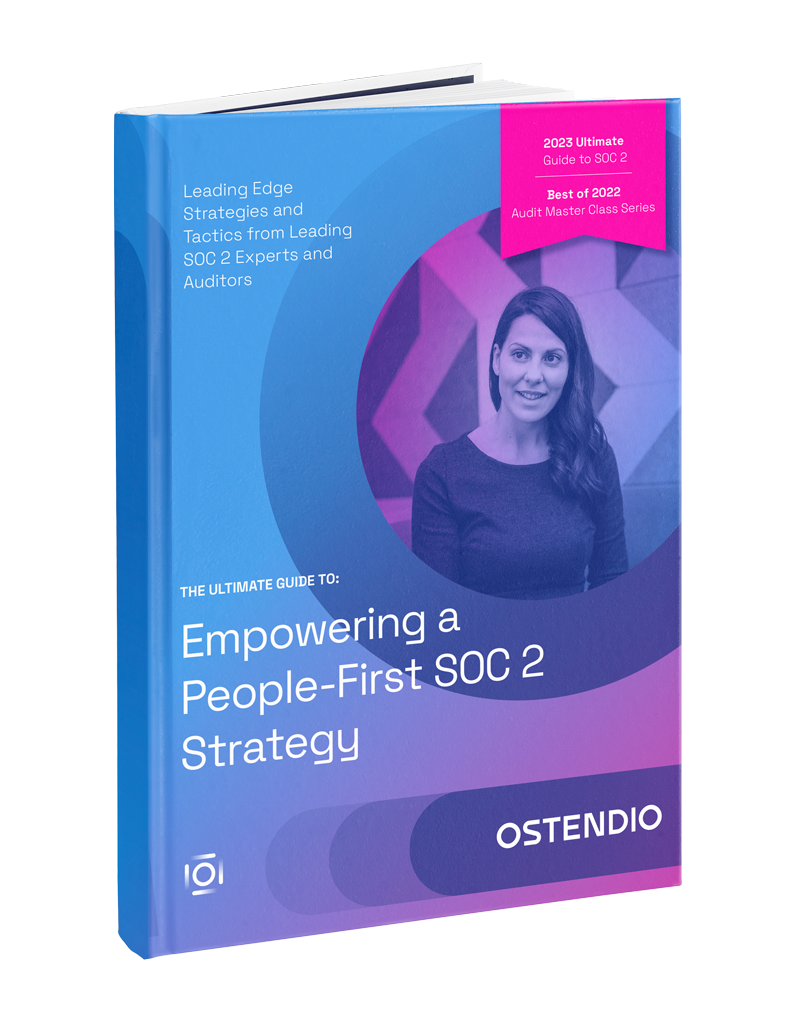A Systems and Organizational Controls (SOC) report provides guidance on standards that should be used for operational and technological business risks. There are 3 different SOC reports and they can be applied to virtually any industry or business sector. In the past, SOC reports were focused on financial controls but now include all types of business risks that come with outsourcing including operations, data privacy, and compliance.
To determine which report is needed you first need to know they differ in the following ways:
SOC 1 is a report that’s financially focused and not able to verify at the level of big security, operations, and data compliance. It’s an audit of the internal controls at a service organization that’s relevant to financial reporting (ICFR). These reports are intended for auditor-to-auditor communication.
SOC 2 reports are specifically designed to report on the controls that make up the 5 categories of the Trust Services Criteria: Security, Availability, Processing Integrity, Confidentiality, and Privacy. SOC 2 reports demonstrate that, at a particular moment in time, everything is correct and compliant and is, therefore, a report that’s recurring. They can be shared with customers, management, regulators, and third parties. As they contain sensitive information, a Non-Disclosure Agreement may be necessary before sharing.
SOC 3 reports also focus on the Trust Services Criteria controls. However, unlike SOC 2 reports, SOC 3 reports are certified and can be widely shared. They’re considered ‘General Use’ reports and offer a less detailed summary of the information. The same information as in a SOC 2 report needs to be considered, so it’s not uncommon for organizations to do a SOC 2 and then have the auditors write the SOC 3 summarizing the SOC 2 report. They can be a valuable marketing tool for demonstrating the effectiveness of your control environment.
Based on these factors you can begin to determine which report you need. If you only require financial reporting, a SOC 1 report is likely sufficient. If you require any data security verification you’ll need a SOC 2 or SOC 3 report.

August 5, 2019

Comments